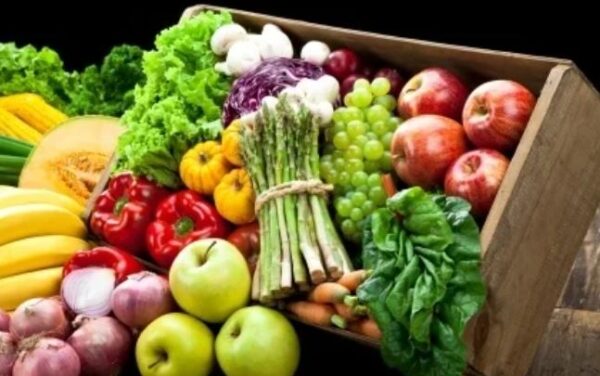Lifestyle
7 most common cooking methods and how they impact nutrition

Cooking techniques greatly affect the nutrient value of food. Knowing these techniques will help inform our decision-making when it comes to our diets.
Each method of preparation is associated with some unique effects on the nutritional content of food.
While one method well preserves nutrients, others might result in considerable nutrient loss. Here are seven common techniques, and their effects on nutrition.
1. Boiling: The nutrient leeching technique
Boiling is a simple technique whereby food is submerged in water at a high temperature. Although it is fast and convenient, this process results in the loss of significant amounts of nutrients, especially water-soluble vitamins such as vitamin C and B vitamins. For example, boiling green vegetables such as broccoli and spinach will destroy more than 50% of the vitamin C. On the other hand, boiling fish might retain the omega-3 fatty acids longer than frying or microwaving them. To minimize the loss of nutrients, consider using boiling water in soups or sauces to retain some of the leached vitamins and minerals
2. Roasting: Flavourful method with moderate loss
Roasting refers to cooking food in the oven using dry heat, but it enhances flavours without losing most of the vitamins. This method is particularly beneficial for vegetables since they retain almost all vitamins if roasted at lower temperatures. However, prolonged high-temperature roasting decreases B vitamins up to 40%. To maximize nutrient retention, avoid excessive charring and use healthy fats like olive oil.
3. Microwaving: The fastest nutrient preservative
Microwaving is one of the least appreciated methods and, at the same time, one of the best methods for preserving nutrients due to the minimal cooking time and usage of water. Research has indicated that microwaving had better retention of vitamin C compared to boiling, with losses being typically around 30%. It also involves the ability to introduce residual juices into meals, thereby enriching flavour without losing nutritional value. However, there is a need to stir or turn food for uniform cooking to prevent cold spots that harbor bacteria.
4. Grilling: Flavourful yet risky
Grilling is cooking food over direct heat, thereby giving specific flavoring. It can make meats and vegetables taste better, but grilling leads to a loss of up to 40% of B vitamins by allowing juices to drip away. Apart from that, grilling creates harmful compounds called polycyclic aromatic hydrocarbons (PAHs), which lead to cancer-causing risks. To reduce these risks, remove excess fat before grilling and avoid charring food too much.
5. Sauteing/Stir-Frying: Fast cooking with good effects
Sauteing and stir-frying are two quick cooking methods that use a small amount of oil at medium to high heat. These methods preserve water-soluble vitamins because they take lesser amounts of time to cook and less water is used. Moreover, the fats used can enhance the absorption of beneficial compounds like carotenoids found in vegetables. For example, stir-frying carrots significantly boosts beta-carotene absorption compared to raw. However, caution is exercised since high heat leads to a loss of vitamin C content in some vegetables like broccoli.
6. Frying: A two-edged sword
Frying is the process of cooking food in hot oil, achieving a crispy texture that many people are accustomed to. Although frying can enhance the flavour and retain some nutrients, such as vitamin C in some vegetables, it also carries great risks. High temperatures can destroy 85% of delicate omega-3 fatty acids in fish. Moreover, when oils become overheated, they produce harmful aldehydes during frying. To minimise health risks, use healthier oils and avoid recycling oil several times.
7. Steaming: The nutrient champion
Steaming is the healthiest method of cooking as most nutrients are retained, as steaming conserves 85-90% of vitamin C in vegetables. This method also enhances iron absorption from foods like spinach. Steam-cooked vegetables may lack flavor initially but adding herbs or spices after cooking can significantly improve taste without compromising nutrition.








